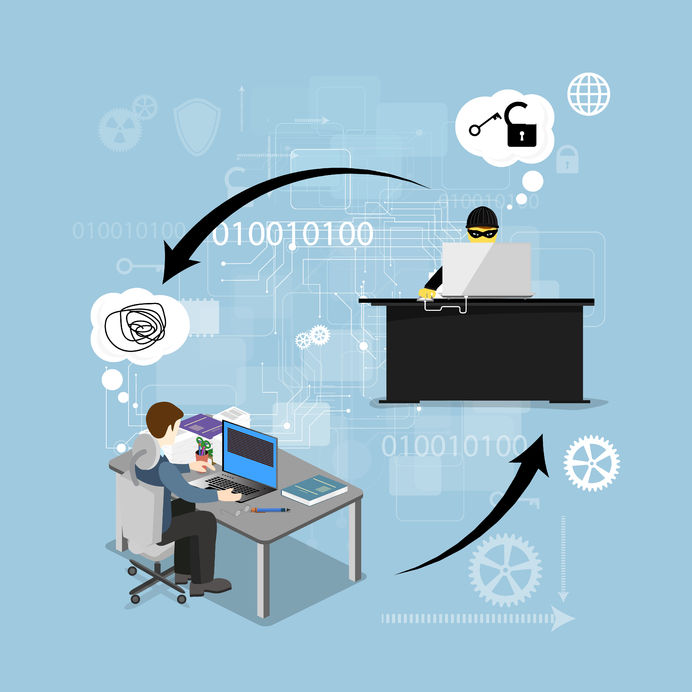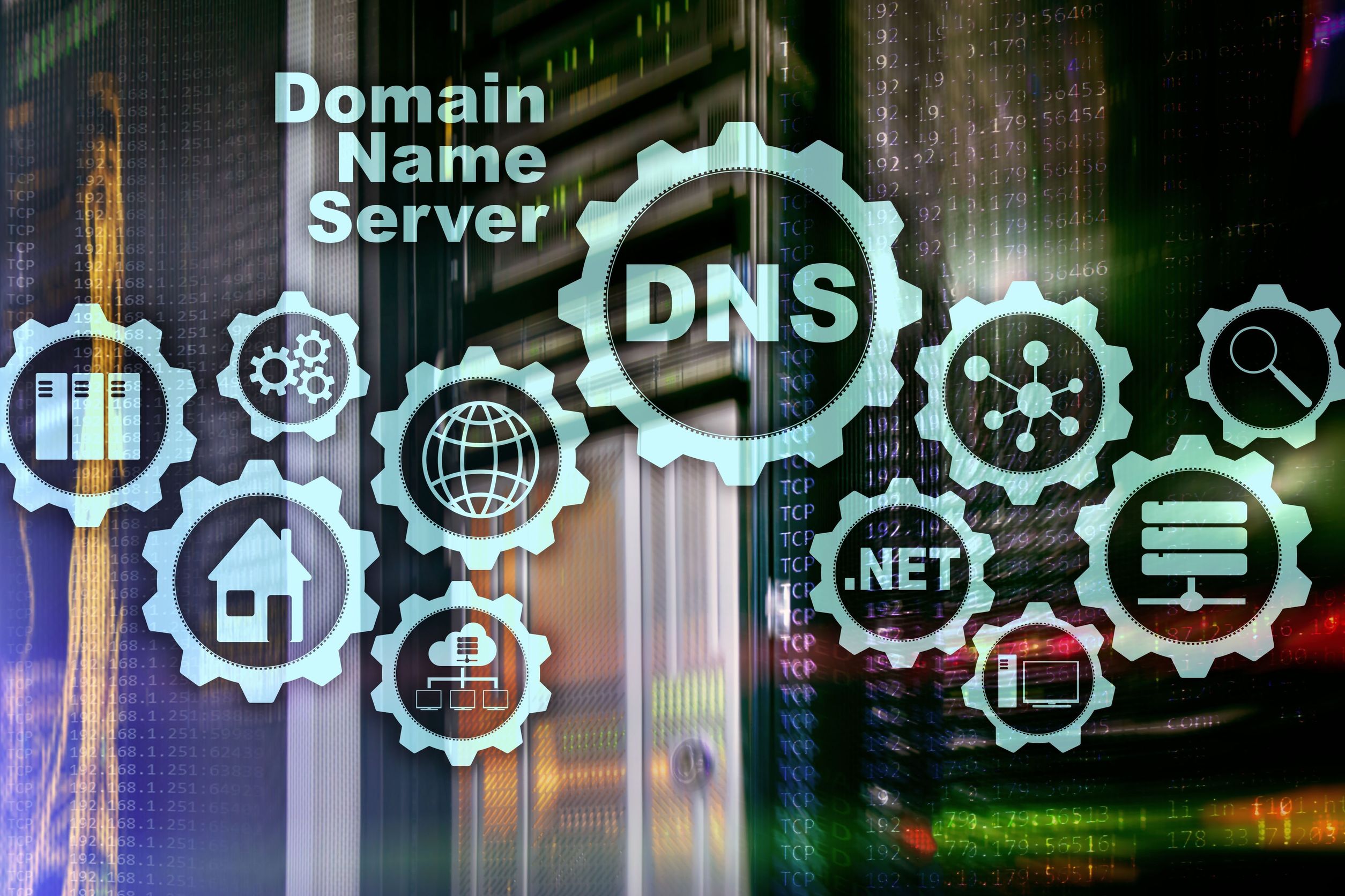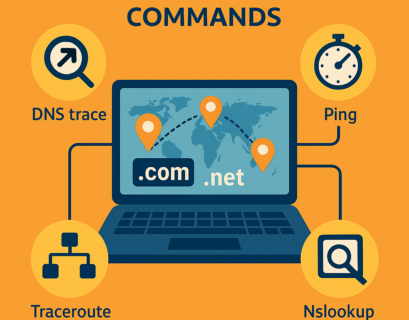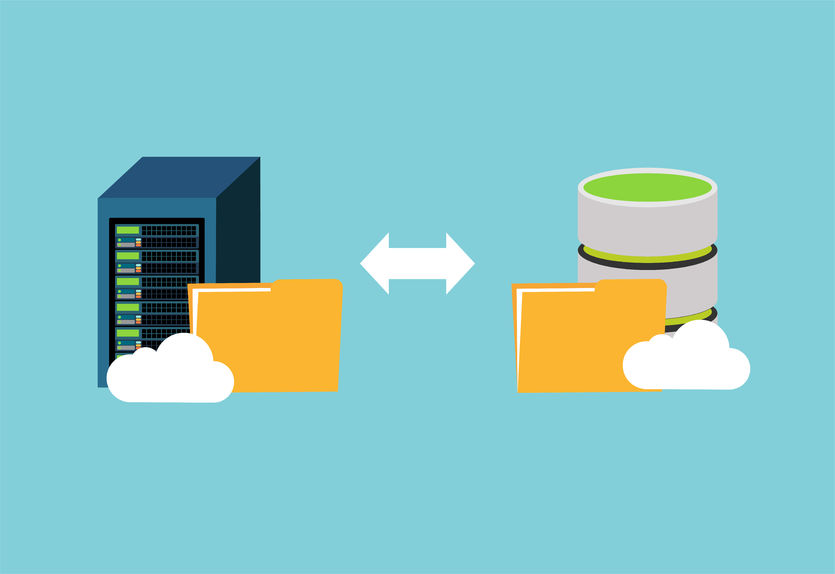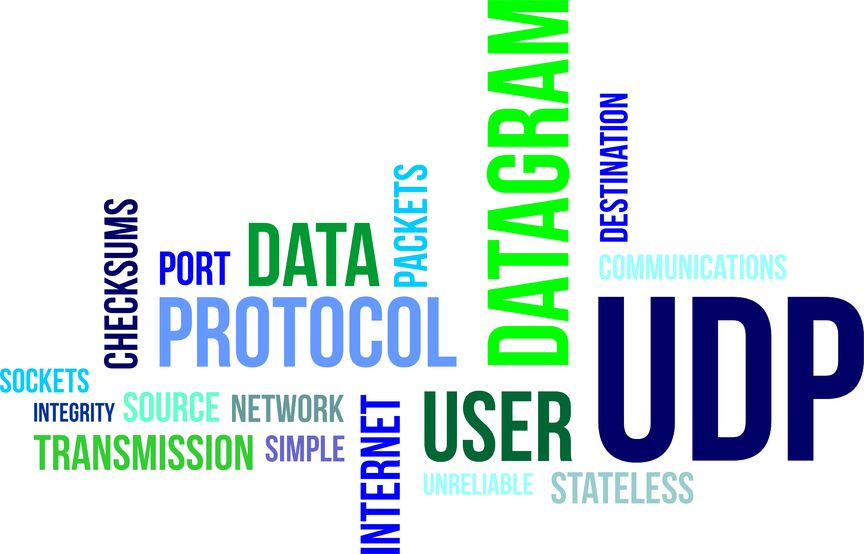DNS Spoofing (DNS poisoning)
Cyber-threats are behind every corner. Recently we wrote about DDoS attacks, and how hackers are...
What is Microsoft Azure? IaaS, PaaS, and SaaS.
Before we start talking about Microsoft Azure, let’s see why such a service exists. It the modern world, almost every company needs their...
Magento, is it a good e-commerce platform?
Choosing the right e-commerce platform is one of the most important decisions any online retailer...
Email forwards – what are they and how to use them?
Can you guess what email forwards do? Yes, it is very simple, they redirect emails from one mailbox to another. Just as you can forward...
Тools – DNS trace, Ping, Traceroute, Nslookup, Reverse lookup
Navigating the world of DNS and network management can often feel like a complex puzzle, especially when things don’t work as...
DNS zone transfer and zone file (Updated)
We have already covered the bases of DNS, so you know what it is and how does it work. This...
10 Most used DIG commands
DIG commands offer a vast amount of functionalities and different options. So, it is not a surprise that they are some of the most popular...
Why does DNS use UDP?
If you have ever wondered why DNS primarily relies on UDP (User Datagram Protocol) instead of other transport protocols like TCP...
DMARC, the solution for your phishing problems
DMARC emerges as the solution for phishing attacks that are a real danger for every business. They...

